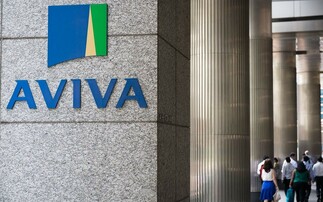The taxation of trusts written for whole of life policies can easily be reduced. Ian Smart explains the Rysaffe Principle.
In 2006, the then Chancellor Gordon Brown changed the taxation of interest in possession and accumulation and maintenance trusts. Instead of creating potentially exempt transfers (PET), they fell under the relevant property trust regime.
This meant that most trusts, with just a few exceptions, created after 22 March 2006 became taxable in the same way as discretionary trusts. The taxation of discretionary trusts was nothing new.
But generally, the flexibility in the old regime meant that in many instances where clients and financial advisers were planning inheritance tax solutions, the PET regime was simpler and more cost-effective.
Many saw this as an attack on trusts. But in reality, tax receipts from relevant property trusts have not increased significantly since the change - although we have yet to see the true effect of this change as no new trusts have reached their first ten-year anniversary. The ten-yearly and exit charges are also quite easy to avoid using a bit of forward planning and the Rysaffe Principle.
RYSAFFE EXPLAINED
This relates to Rysaffe Trustee Co (CI) v IRC (2003), where a series of trusts were created on consecutive days. The principle is that by establishing a series of smaller trusts rather than just one, you can reduce the impact of the ten-yearly periodic charge and exit charge by benefiting from a nil-rate band (NRB) for each individual trust.
The Inland Revenue (now HMRC) contended "that the making of all the settlements were associated operations and therefore, the settlor had made one composite settlement by an extended disposition".
After an initial successful hearing, both the High Court and a unanimous Court of Appeal judgment stated that Section 42 IHTA 1984 was to apply on the basis that the word ‘disposition' had its ordinary meaning and was not to be extended to include a disposition by associated operations. It is also worth considering Section 62 IHTA 1984 relating to ‘related settlements'.
In short, for a trust to be a related settlement, the settlor must be the same in each case and the trusts must commence on the same day. Trusts created on different days do not fall within this definition, so you may reduce the IHT payable, as the example below demonstrates.
It is assumed that, after ten years, the NRB remains at £325,000 and there have been no other previous chargeable lifetime transfers (CLT) other than those shown in the tables on the facing page.











